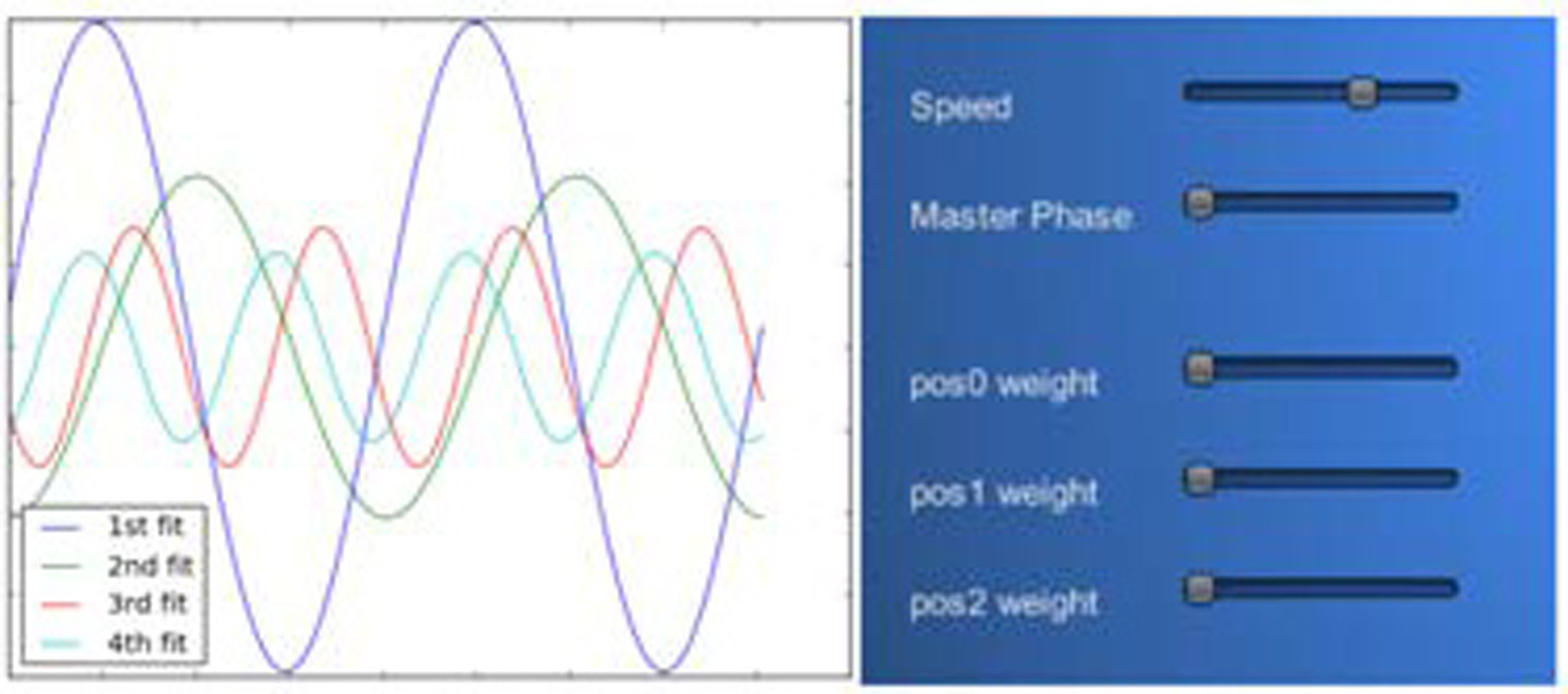“From Pain to Happiness: interpolating meaningful gait patterns” by Avrahamy and Shovman
Conference:
Type(s):
Entry Number: 47
Title:
- From Pain to Happiness: interpolating meaningful gait patterns
Presenter(s)/Author(s):
Abstract:
3D animation is time-consuming; it can take up to a week to make a 30 second game animation, or a 3 second movie one. The most common animations in computer games are repetitive patterns such as walking or running; to save time, a single repetition of a walking pattern (a gait) is often used throughout the game, for all characters in all situations. That creates an experience that can be mechanical and even unpleasant in an uncanny valley way.
In order to create a believable illusion of natural repetitive movement, a balance has to be struck between time-efficiency and variability. A common solution is to add some randomness, e.g. Perlin noise, to an animation, but that solution misses the opportunity to use gait as a tool for artistic expression, portraying characters mood and other markers e.g. gender.
References:
- Troje, N. F. 2002. Decomposing biological motion: A framework for analysis and synthesis of human gait patterns. Journal of vision 2, 5, 2.






